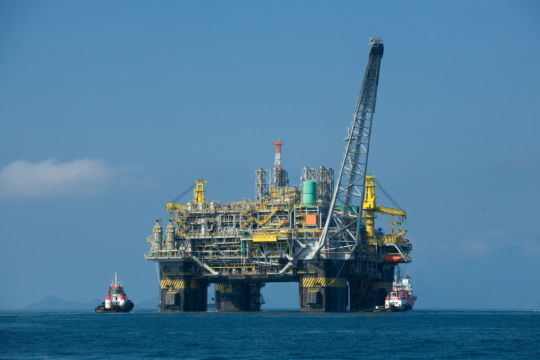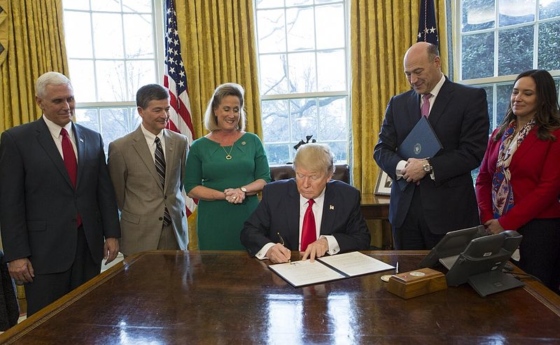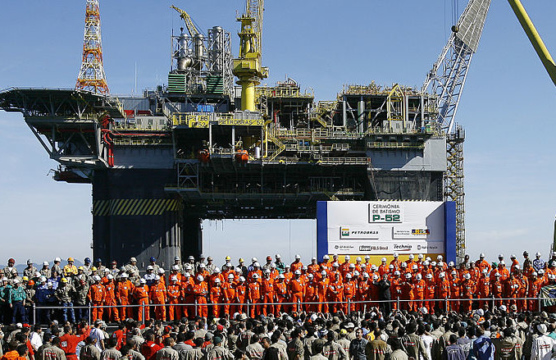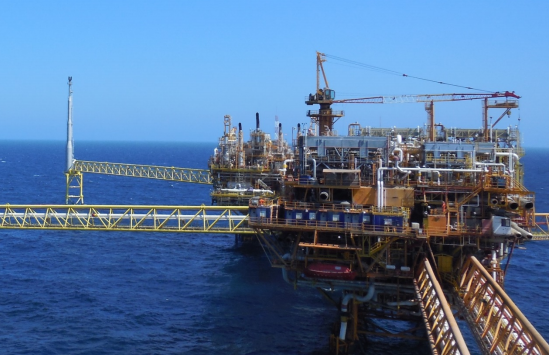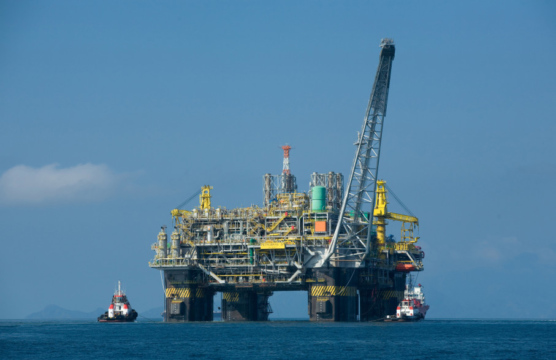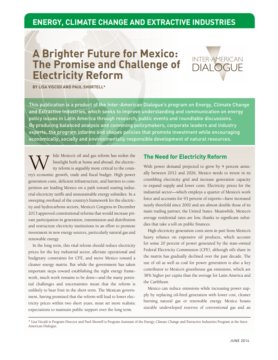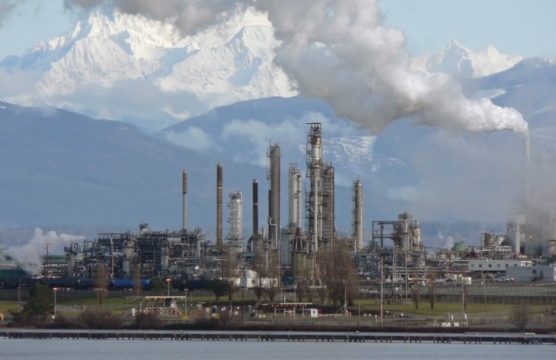
Refining Markets in Latin America
Latin America, a region facing growing demand, has become the main destination for US oil product exports.
Latin America, a region facing growing demand, has become the main destination for US oil product exports.
Latin American countries are demonstrating that “green growth” strategies can promote economic development.
What is the outlook for Ecopetrol and the Colombian oil sector in the short to medium term?
Ecuador may well play a decisive role in the outcome of the global tension between economic development and environmental conservation.
The results of Mexico’s energy reforms may fall well short of government promises and public expectations.
As global temperatures continue to rise with the global community stalled on any way to stop them, countries must prepare to adapt to increasingly volatile environmental conditions.
Despite its prodigious petroleum reserves, many countries in Latin America are experiencing declining production. What explains the paradox?
Cuts to Washington’s energy engagement could undermine the connections that help support U.S.–Latin American cooperation on issues from security to immigration. When it comes to weakening energy integration in the Americas, there are few winners.
Brazil must focus on reforms that will make Petrobras more competitive and create an attractive investment environment.
Will President Enrique Peña Nieto deliver on his promises to lower power prices and reduce subsidies?
Despite setbacks, Central Americans are committed to a new energy future.
Oil and gas production in the United States and Canada has increased considerably since 2008.
While Mexico’s oil and gas reform has stolen the limelight, the electricity reform is more critical to the country’s economic growth.
Colombia has to remain competitive with other major producers such as Mexico to attract needed investment in extractive industries.
How bad is Petrobras’ situation today, and what bright spots are on the horizon?
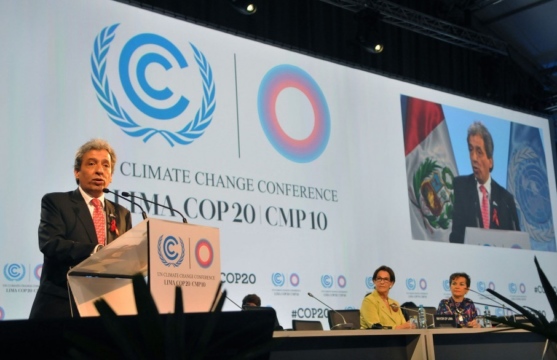

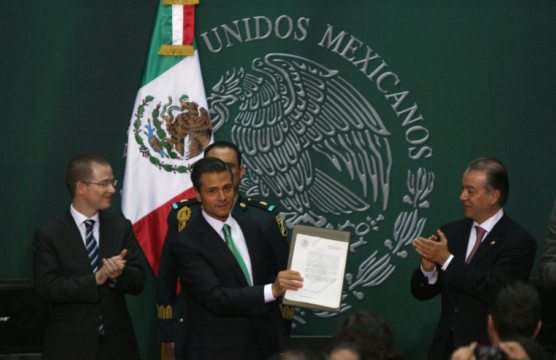 Video
Video
